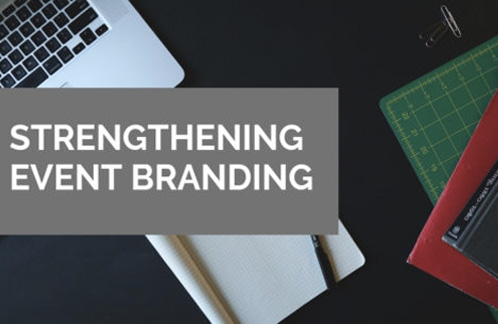For the most part, event branding focuses a lot on the hosting organization and tends to mirror their branding, colours, and symbolism. This simply meant adding in design elements that would instantly form associations to the brand in the minds of viewers and attendees. It involved a simple placement of colour schemes and logo. However, now there is a shift from these simple dynamics to branding events individually and giving them more personality. This is a way to improve how the people attending the event view it and feel about it even after it has ended. Event branding today has shifted from having complete relations to the parent organization and mirroring their styles and colours to having their own which is also just as easily recognizable. They focus on embodying the values or personality of the brand through the event. Below, we run you through a few basic things you can do to get started with giving your event it’s branding.
- BRAND BASICS: The basics of any brand is setting up standards and quality that remains consistent across all such events. Make sure that you have certain keywords that you associate deeply with the brand image you are attempting to create and that it reflects in every part of your event. Focus on smoothing out all the processes and making the event as successful as possible. Moreover, a general rule of thumb for events is that they should focus on the attendee experience. Try to link the basic branding of this event to the branding for the parent organization, in some way. This will also help to heighten familiarity without making them too co-dependent. The event brand should speak for the event as a whole.
- FINDING A NICHE: A lot of event planners have started to focus their attention on events that cater to only a specific crowd of people or certain type of events. This is because they have started gaining a more thorough knowledge of that specific audience bracket and wish to keep doing so. The same thing also makes sense for events. When organizing an event, think about the primary audience that the organization is associated with, and then plan the event according to it, with branding that is suitable. Moreover, if the event aims to get more crowds or garner attendees from other groups, you may want to brand the event in a way that can attract those specific groups. In general, finding your niche involves finding the type of event and the type of audience that it will cater to before you step into the branding process.
- BRANDING ELEMENTS: The elements that define the brand can range from the colour schemes and palettes, the logos and banners, and the event design, to the way that the event is marketed and publicized. A lot of these elements will have to be carefully considered and incorporated into various parts of the event. If the event has several stages or different venues over a while, consistency becomes key.
- AUDIENCE REVIEW: A lot of an event’s branding can be decided based on reviews and word of mouth from the audience and attendees. They can play a major role in deciding how the event is going to shape up, and their opinion is very important. Make it a point to pay close attention to what people are saying about the event and attempt to incorporate the best parts of these into the final event branding. Listening to public opinion can be a great way to pick up new ideas and effective plans, and to understand the wants of the audience better.
Hopefully, this gives you an idea of how you can go about the process of branding your events and making them stand out at every step. Good luck!
